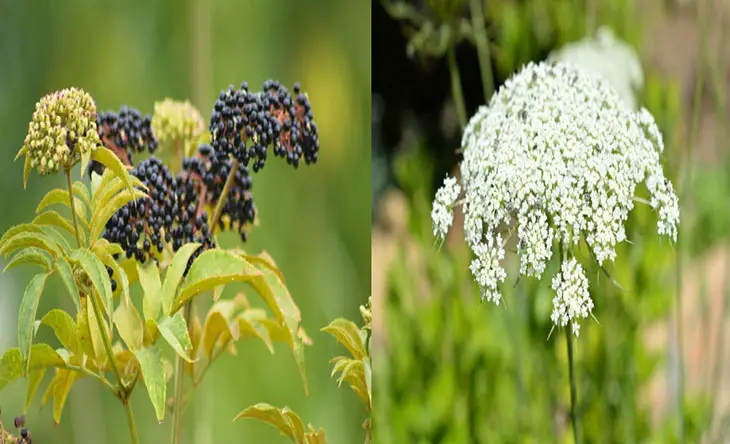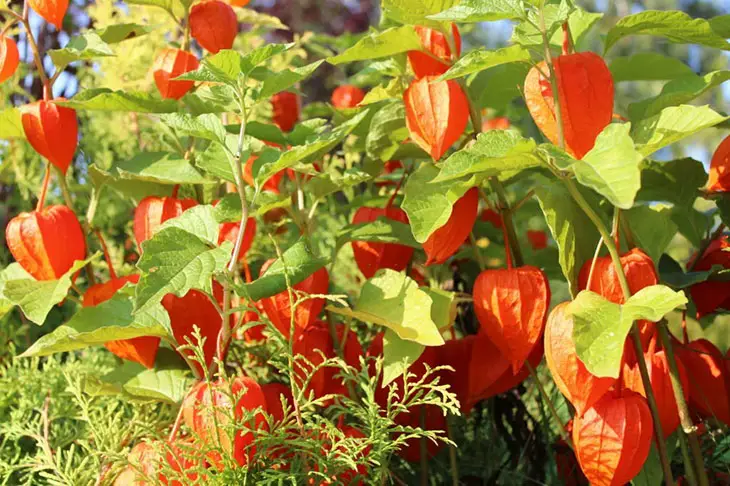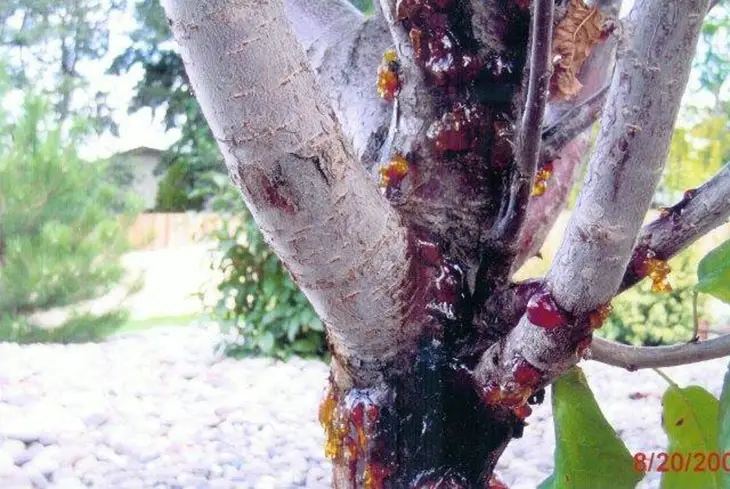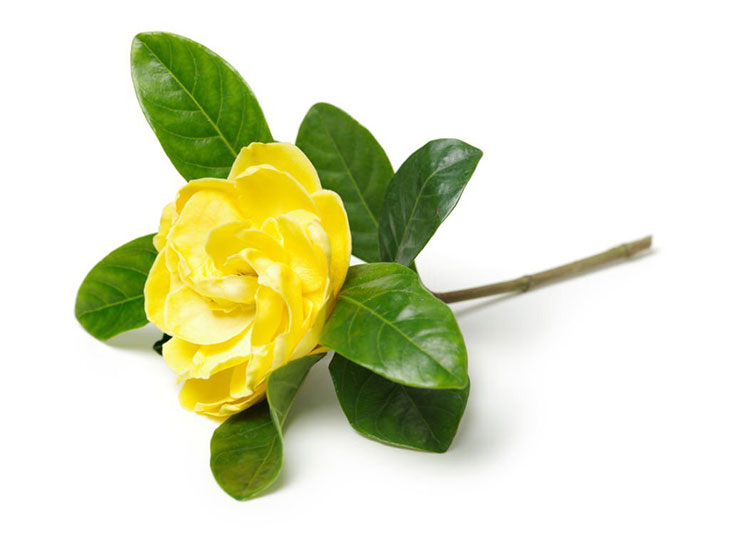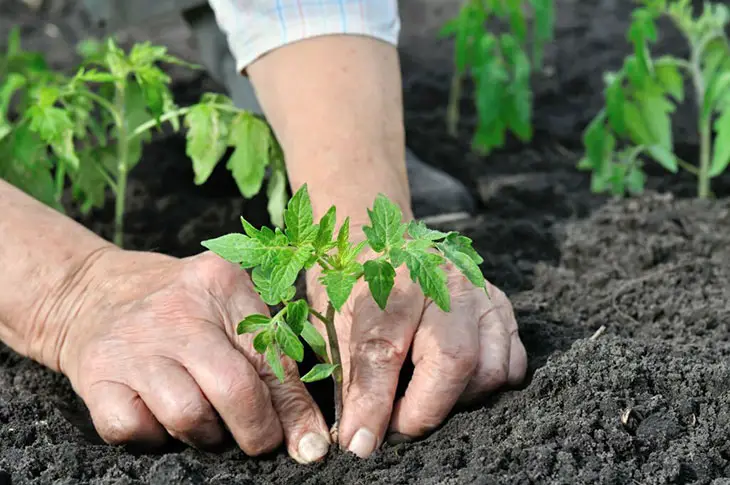
Tomatoes are one of the most beloved and widely grown vegetables in home gardens around the world. Their vibrant colors and rich flavors make them a staple in various dishes.
However, specific temperature requirements must be met for tomato plants to produce healthy fruits.
In this article, let’s get insights into the minimum temp for tomato plants. These temperature thresholds can make or break a fruitful crop!
What Is The Minimum Temp For Tomato Plants?
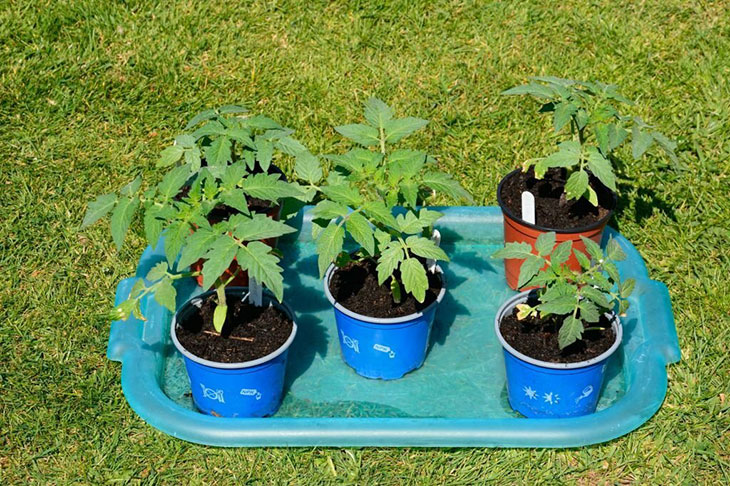
The minimum temperature for tomatoes is generally around 32 degrees Fahrenheit, which is approximately 0 degrees Celsius.
The plant species are sensitive to cold weather and can suffer severe damage or slow growth when exposed to temperatures below this threshold.
Hence, gardeners often wait until the threat of frost has passed before planting tomato fruits outdoors in the spring to ensure their well-being.
Is 45 Degrees Too Cold For Tomatoes?
A temperature of 45 degrees Fahrenheit (7.2 degrees Celsius) is not the coldest temp for tomato plants, but it is on the cooler side.
Tomatoes are more tolerant of cool temperatures than frost-sensitive plants, but their growth may slow down at this temperature range.
While they can endure cooler nights, prolonged exposure to temperatures around 45 degrees Fahrenheit may affect fruit production.
Is 40 Degrees Too Cold For Tomatoes?
Although this low temp for tomatoes may not immediately kill them, it can have detrimental effects over time.
A fresh tomato’s health can be harmed by extended periods of such low temperatures, which can cause chilling injury, which weakens the organic tomato and makes it more susceptible to disease.
This can manifest as stunted growth, wilted leaves, and the development of pitted fruit.
To safeguard your mature plants in these conditions, it’s wise to consider precautions like harvesting fruit before the cold sets in and implementing protective measures such as covers or mulch to shield the plants from the chilly weather.
Tomato Plants In Frost
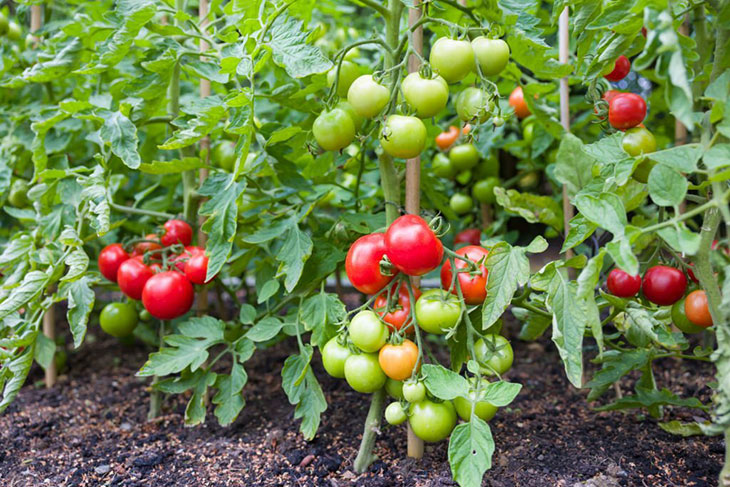
When the low temperature for tomato plants dips to 32 degrees Fahrenheit or lower, it triggers frost or freezing conditions that can have a devastating impact on your tomato harvest.
The aftermath of cold pattern damage unfolds with discernible changes in the appearance of the plant’s leaves and stems.
Initially, these affected parts start to darken, signaling the stress they’re experiencing due to the cold.
As time elapses and the tree continues to endure the freezing temperatures, these darkened areas undergo further transformation.
The plants begin to exhibit signs of wilting, with leaves losing their turgidity and stems becoming less rigid.
This process can be disheartening to witness as the once-vibrant foliage succumbs to the chilling effects of the day of frost.
Tomato Plants In Cold Weather
When exposed to low temperature tomato plants of 40°F or lower for extended periods, they can suffer from chilling injury, leading to issues like stunted growth, wilting leaves, green plant, and reduced overall vigor.
Even slightly milder temperatures, around 50°F, can affect their flowering process, resulting in less pollen production and the development of scarring on the fruit.
As the temperature drops further to 55°F or lower, mature tomato plants face stunted growth, lower fruit yields, the possibility of seeds sprouting inside the fruit (vivipary), flower drop, and a decline in fruit texture and flavor.
Also, cold soil can hinder nutrient uptake, potentially causing nutrient deficiencies like phosphorus deficiency, characterized by purple leaves.
Tomato Varieties For Each Season
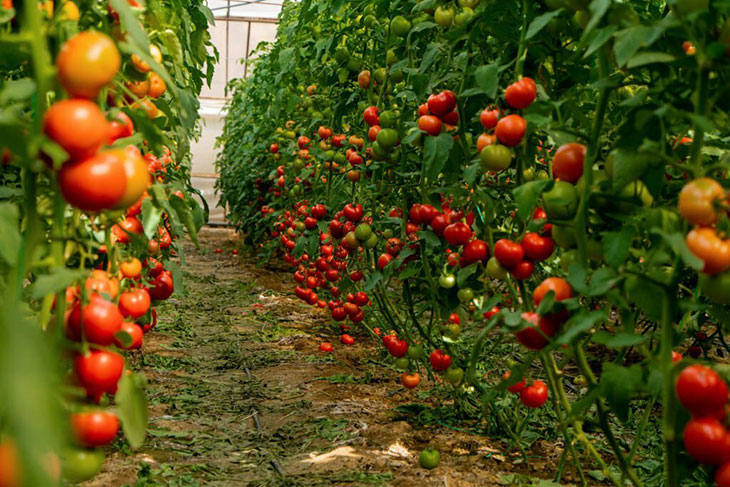
Choosing the right bush and vine varieties for each season can greatly enhance your gardening success.
Here are recommendations for three categories of healthy tomatoes suitable for different growing conditions:
Heat Tolerant Tomatoes
For gardeners in hot weather, heat-tolerant tomato varieties are essential.
Some hybrid options include Bella Rosa, Big Beef, and Heat Wave, while heirloom choices like Arkansas Traveler and Green Zebra also handle high temperatures well.
These species are bred or naturally adapted to withstand extreme heat, producing quality fruit with good flavor even in scorching conditions.
Cold Hardy Tomatoes
Choosing cold-hardy tomato varieties is crucial in colder climates where temperatures can drop to 55°F (13°C) or below.
Opt for short to mid-season tomatoes that tolerate cooler temperatures and mature quickly, typically in 52-70 days.
A well-known option is Early Girl, but various cold-hardy choices are available to suit your specific climate and growing needs.
These trees ensure successful tomato blossoms and maturity even in chilly conditions, allowing for a rewarding harvest in colder regions.
Fast Maturing Tomatoes
Tomato cultivars that mature quickly are perfect for farmers who want a speedy harvest.
They are appropriate for areas with shorter growing seasons or for people who wish to enjoy fresh, healthy tomatoes sooner because they normally mature and produce fruit in a shorter period.
Early Girl, Fourth of July, and Glacier are well-known types of tomatoes that ripen quickly.
These types reward you with delectable homegrown fruits rapidly because they can be harvested 49 to 60 days after planting.
How To Protect Tomatoes Plants from Cold & Frost
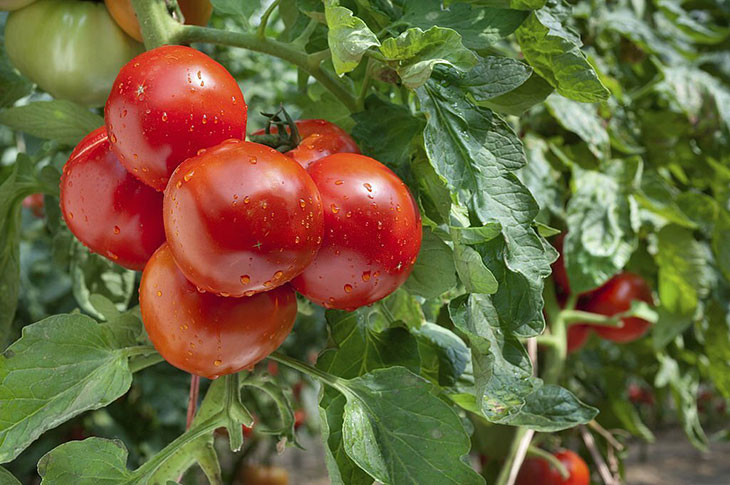
To achieve a robust and fruitful harvest, tomato crops must be protected from cold and frost. Here are some methods and pointers for safeguarding your vegetation:
Choose The Right Tomato Varieties
Selecting the appropriate varieties is a crucial decision for a successful tomato garden. Your choice should align with your local climate, garden size, and intended use.
Consider your climate’s temperature range; heat-tolerant varieties like Solar Fire are ideal for hot regions, while cold-hardy options such as Siberian suit cooler climates.
Additionally, garden size matters, with compact varieties like Patio Princess fitting smaller spaces and indeterminate varieties like Bush Beefsteak or Brandywine for larger yards.
Plus, determine your purpose, whether for snacking, sauce-making, or canning, and don’t forget to check for disease-resistant varieties to protect against common tomato diseases like blight.
Lastly, consider flavor preferences and the visual appeal of the fruit, with heirloom varieties offering unique flavors and vibrant colors.
Planting Schedule For Tomato Plants
Besides considering the minimum temperature for tomato plants, creating a planting schedule for your tomatoes involves considering both the time to maturity for your chosen varieties and the frost dates in your area.
For instance, if you plan to grow Fourth of July tomatoes with a 49-day maturity period and the first frost date is October 4th, aim to harvest by October 3rd. Assuming a 28-day harvest period, you should plant your seeds no later than July 18th.
However, to account for cooler temperatures late in the season, I advise planting even earlier for optimal results, possibly as early as May in certain regions.
Start Tomato Seeds Indoors
Starting tomato seeds indoors is a valuable practice that gives your plants a head start and ensures healthy, robust seedlings for your garden.
It’s typically done 6-8 weeks before your region’s last expected frost date. Prepare a pot or tray with a high-quality seed-starting mix, and then plant the healthy seeds in that growing medium.
Remember to sow the seeds at the recommended depth, provide adequate moisture, and maintain consistent warmth and light.
This controlled environment encourages strong root development and minimizes the risk of frost damage.
Once your seedlings have reached an appropriate size and the outdoor conditions are suitable, transplant them into your garden, giving them a better chance of thriving throughout the growing season.
Watch Weather Forecasts Before Transplanting Tomatoes
To protect your vegetables from any cold snaps or frost, it is essential to check weather forecasts before transplanting your tomato seedlings.
Because they are delicate to cold, tomato plants can suffer greatly from frost. Before transferring your seedlings outside, it’s imperative to wait until the risk of frost has gone in your region.
In the days preceding your transplantation date, pay close attention to forecasts for the weather, particularly nightly low and high temperatures.
If there is a frost warning, be ready to postpone transplanting because exposing immature tomato plants to freezing temperatures can impede their growth or possibly cause them to die.
Apply Cold Treatment To Tomato Trees (Harden Off)
Hardening off tomato seedlings before moving them outside helps them adapt to the external environment through this process, including the reduced temperatures.
Start by exposing them for brief intervals outside, then progressively lengthen exposure time and intensity over the course of several days.
The plants become tougher as a result, becoming more resistant to temperature changes and reducing shock when planted in the garden.
Use A Cold Frame For Tomato Seedlings
A cold frame is handy for safeguarding and nurturing your young tomato seedlings.
Essentially, it functions as a compact greenhouse, providing shelter from adverse weather conditions.
Simply place your fledgling tomato plants within the cold frame, and you can adjust the lid to manage temperature and airflow.
This protective enclosure shields your seedlings from chilly temperatures, strong winds, and frost, particularly during their initial growth stages.
Furthermore, the nurturing environment ensures that your tomato seedlings embark on a healthy journey in a controlled setting.
Use A Greenhouse For Taller Tomato Plants
Greenhouses prove highly beneficial for taller tomato plants and those requiring additional warmth. They create a carefully controlled setting, maintaining precise temperature and humidity levels.
This controlled environment is particularly advantageous for taller tomato varieties, especially indeterminate ones, as it shields them from the impacts of cold weather, frost, and temperature fluctuations.
The methods effectively extend the growing season, fostering vigorous growth, increasing yields.
Even in regions with challenging climates, these controlled spaces offer the ideal conditions for nurturing healthy and productive tomato plants.
Use Cloches For Younger Tomato Plants
Cloches act as protective covers, particularly well-suited for shielding young tomato plants.
Typically crafted from glass or plastic, these covers form a small, controlled environment around each plant.
By placing cloches over your young tomato seedlings, you can trap heat, guarding them against cold temperatures and sudden temperature fluctuations.
This approach creates a nurturing atmosphere, supporting the healthy establishment of your delicate tomato plants during their initial growth stages.
Use Row Covers For Taller Tomato Plants
Using row covers is another method for preserving taller tomato plants as they develop and enlarge.
These thin fabric sheets effectively insulate barriers when placed over rows of mature tomato plants.
While still enabling sunlight and rain to reach the plants, row coverings protect against frost, cold, and pests.
This protective barrier preserves a warm microclimate within the row, encouraging tall tomato plants to flourish and yield a plentiful harvest.
Conclusion
Understanding the minimum temp for tomato plants is essential for anyone who wants to enjoy a thriving garden filled with flavorful, homegrown tomatoes.
These plants are susceptible to cold temperatures, which hinder their growth and diminish yields.
Ultimately, by respecting their temperature requirements, you’ll be rewarded with a bountiful harvest of flavourful tomatoes that will enhance your culinary creations and provide a sense of accomplishment for your gardening efforts.
